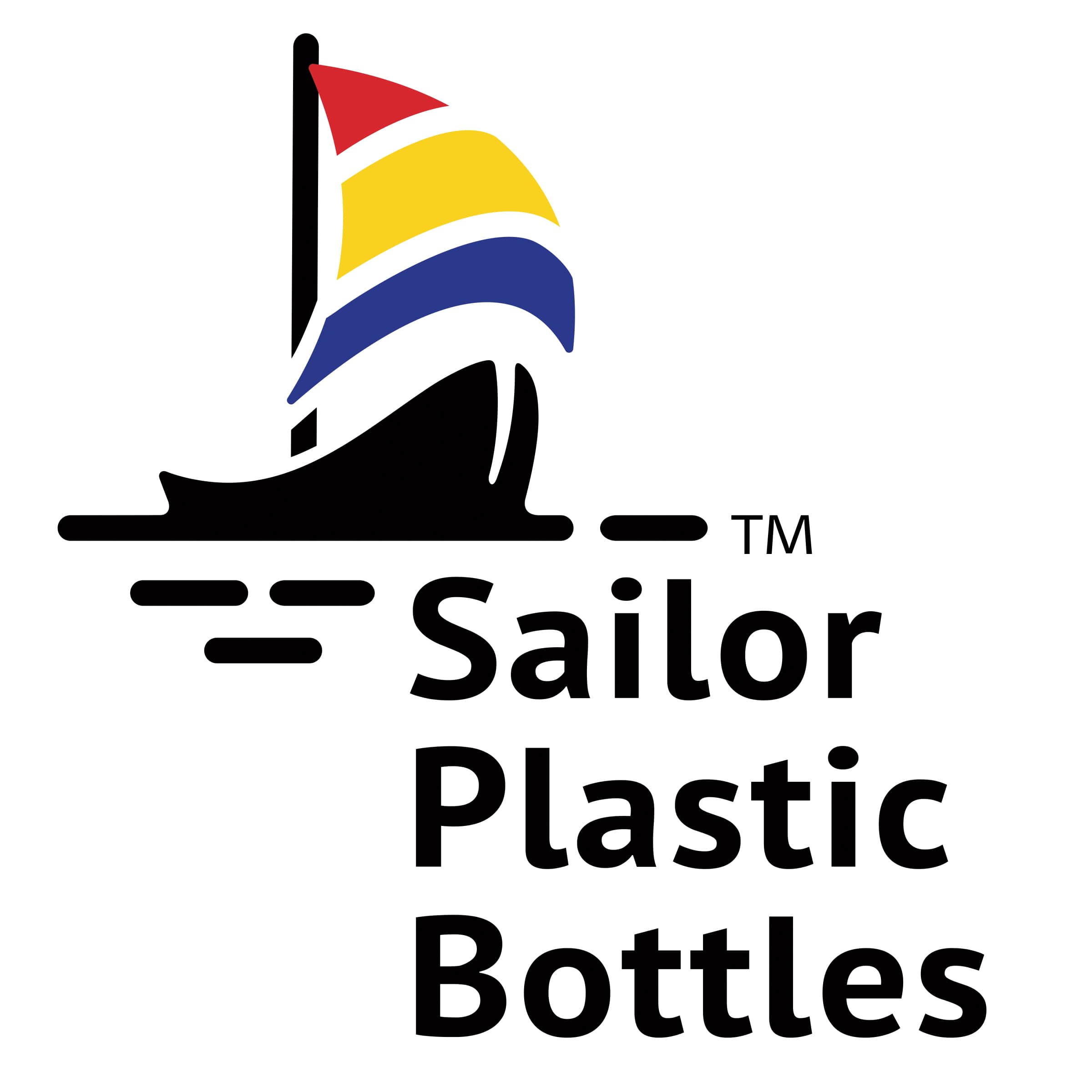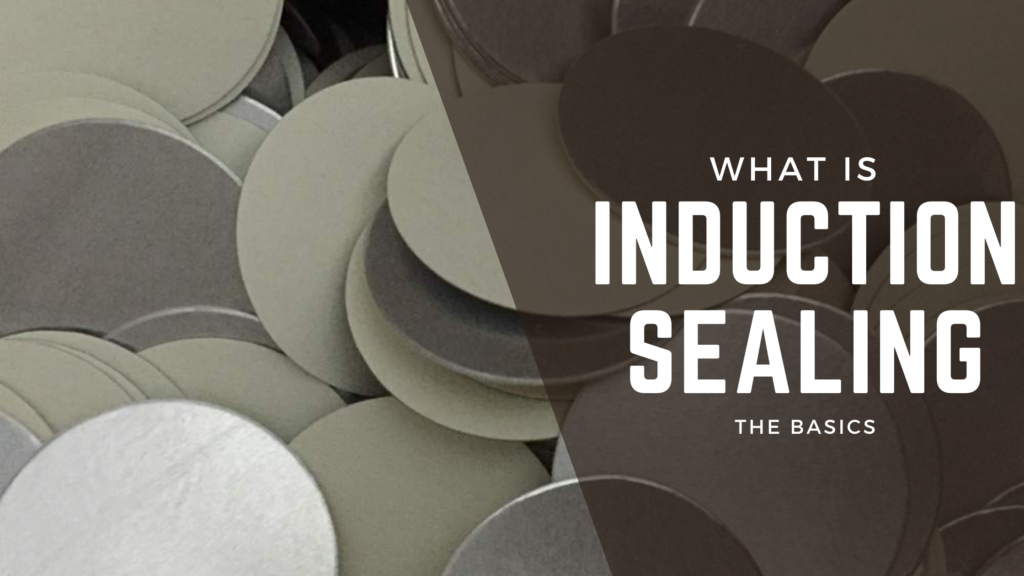Induction Sealing - What is it? Why use it?
What is Induction Sealing?
Induction sealing is used widely in manufacturing for forming packages from flexible materials and attaching closures to plastic packaging. However, probably the most popular use for this process is cap sealing. This is a non-contact form of binding an inner seal to plastic or glass bottles with heat created by electromagnetic fields. This results in an airtight seal that is recognized as tamper evident.
This process can be used with both larger conveyor belt units and handheld, single-bottle units. All units, however, use heat created by an induction head to bind inner seals made from paper pulp, aluminum and wax to plastic and glass bottles.
Reasons to Use Induction Sealing
- Tamper Evident: The use of induction sealing meets the FDA’s regulations for tamper-resistant packaging. In fact, in section 6 of Packaging systems, it is stated that seals created using heat induction offer more tamper resistance than those created only by adhesives.
- Leak Prevention: The bond created by induction sealing is so tight that it can be used to seal packages containing hazardous materials. It is a great way to make sure your product remains leak free too.
- Retains Freshness: These seals can also be relied on to keep unwanted pollutants from contaminating your product and can even lengthen the shelf life of certain products.
- Sustainability: Because induction sealing does not rely on heavy bottlenecks and closure for package security, it is considered to be a more sustainable way to seal products.
- Production Speed: Sealing machines units with conveyor belts can help increase production speed.
Conclusion
Induction sealing is a great way to create air-tight, tamper evident seals after filling and capping your bottles. With many different induction units, it can be used in large scale operations and out-of-home businesses. These seals can prevent leaks, retain product freshness, and are recognized as a top performing tamper-evident seal by the FDA.
Enjoy this? Check out what products can be used with Induction Seals

